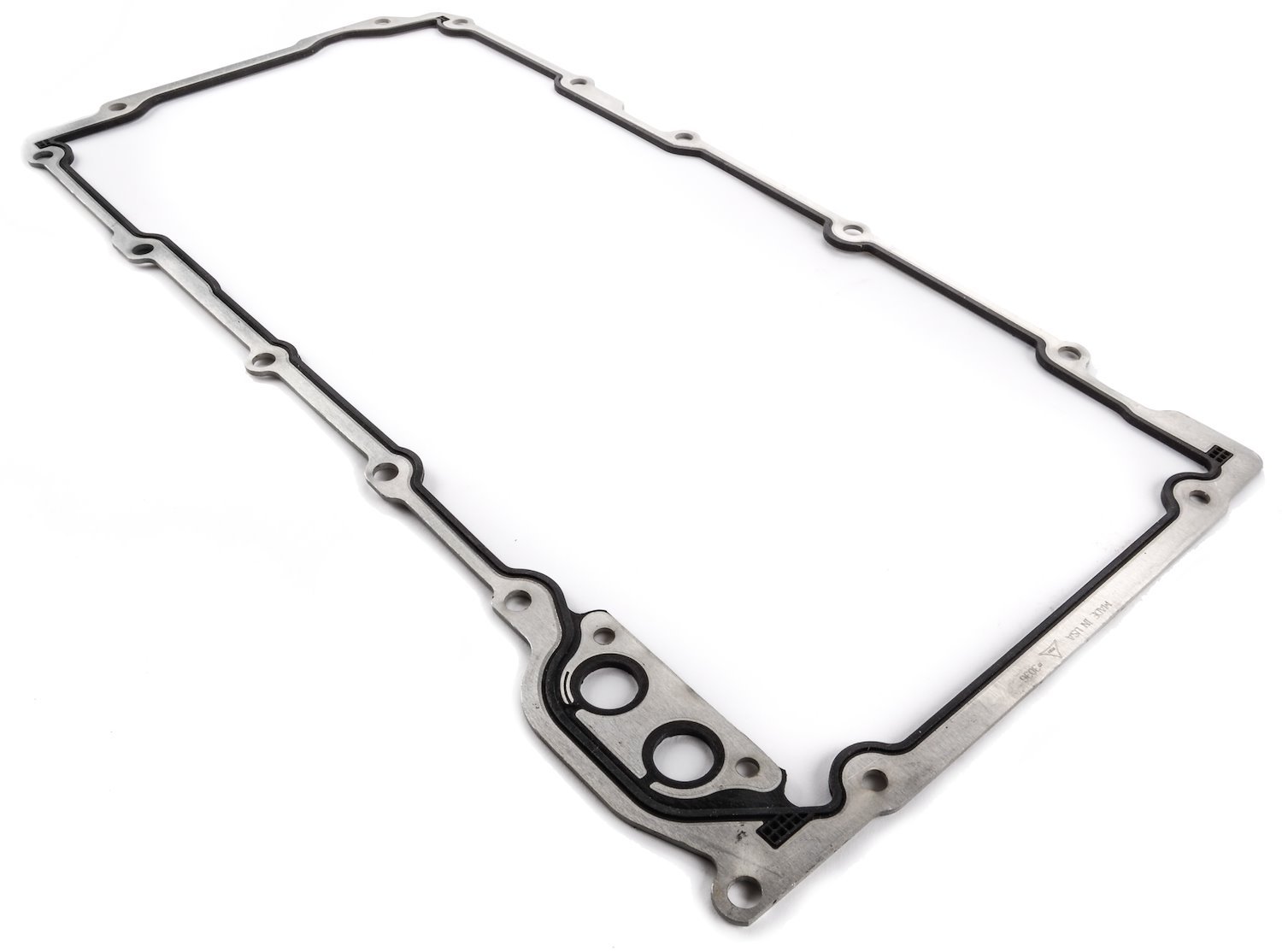Whether you’re a seasoned mechanic or a first-time DIYer, replacing an oil pan gasket is a crucial task to ensure the smooth operation of your vehicle. However, the success of this repair lies not only in proper installation but also in allowing the gasket sufficient time to dry before refilling and restarting the engine. In this comprehensive guide, we’ll delve into the intricacies of curing an oil pan gasket, empowering you with the necessary knowledge to get the job done right.

Image: www.jlcatj.gob.mx
Understanding the Curing Process of Oil Pan Gaskets
Oil pan gaskets, designed to seal the junction between the oil pan and the engine block, are typically made from rubber, cork, or silicone. Once installed, these gaskets are exposed to engine heat and oil, triggering a curing process that transforms them from a pliable state to a solid seal. The curing time varies greatly depending on the type of gasket used, the ambient temperature, and the specific application.
It’s imperative to adhere to the recommended curing time for the specific gasket you install. Curing prematurely can compromise the seal, resulting in oil leaks. Conversely, allowing insufficient cure time may prevent the gasket from properly bonding, again leading to leaks.
Determining the Recommended Curing Time
The manufacturer’s instructions accompanying the replacement gasket will provide the most accurate curing time information. Carefully read these instructions and follow the specified curing period, which can range from as little as 15 minutes to as long as 24 hours.
Environmental factors can also influence curing time. Higher temperatures accelerate the curing process, while lower temperatures slow it down. If you’re performing the repair in a cold environment, consider increasing the curing time by a few hours to ensure proper sealing.
Expert Tips for Optimal Seal Integrity
In addition to following the manufacturer’s recommended curing time, consider these expert tips for optimal seal integrity:
- Clean the sealing surfaces thoroughly to remove any dirt or grease that could impair adhesion.
- Apply a thin bead of gasket sealant to the mating surfaces before installing the gasket. This additional layer of protection can enhance sealing performance.
- Tighten the oil pan bolts gradually and evenly, following the specified torque sequence. Overtightening can crush the gasket and lead to leaks.
- Allow the engine to idle for a short period after reassembly to help the gasket settle into place.

Image: itstillruns.com
How Long To Let Oil Pan Gasket Dry
Conclusion
Replacing an oil pan gasket may seem like a simple task, but understanding the nuances of the curing process is crucial to ensure a successful repair. By adhering to the manufacturer’s recommended curing time, adjusting for environmental factors, and incorporating expert tips, you can confidently allow the oil pan gasket to dry adequately. This will ensure a leak-free seal, protecting your vehicle’s engine from harmful oil loss and ensuring its smooth operation for years to come.